Kategoria: Locations
-

Nestled in southeastern Poland, Zamość stands as a unique testament to Renaissance urban planning and architectural brilliance. Founded in the late 16th century, the city remains one of Europe’s best-preserved examples of an ideal Renaissance town. Its perfectly symmetrical layout, grand fortifications, and stunning architectural landmarks have earned it a place on the UNESCO World…
-

The Stanisław Moniuszko Grand Theater in Poznań stands as one of Poland’s most significant cultural institutions, with a rich history dating back to the early 20th century. Its monumental building, located at 9 Fredry Street, serves not only as an opera house but also as a symbol of the city’s neoclassical architecture. Historical Origins The…
-
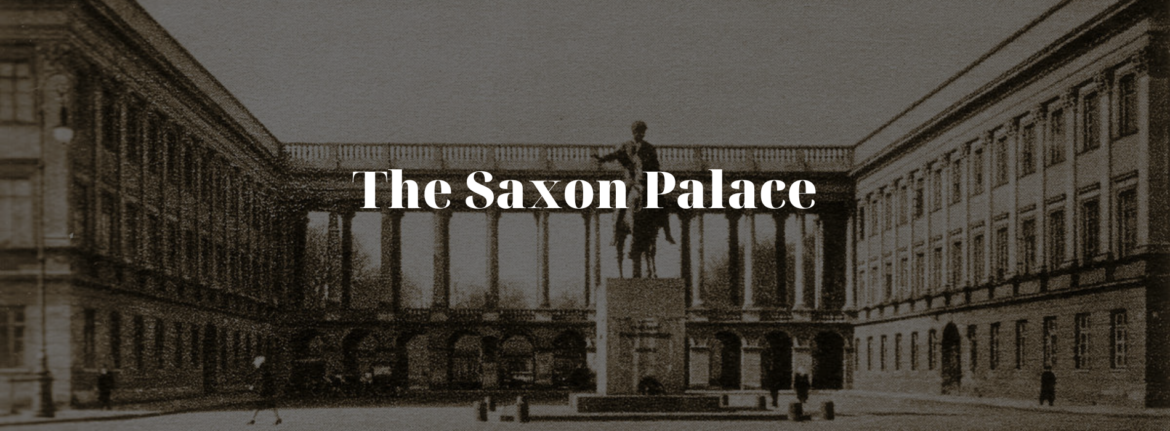
The Saxon Palace (Pałac Saski) in Warsaw is one of the most iconic and historically significant buildings in Poland’s capital. Its story reflects the city’s turbulent past, from its grandeur during the 18th century to its complete destruction during World War II. Today, efforts are underway to reconstruct the palace, aiming to restore an important…
-
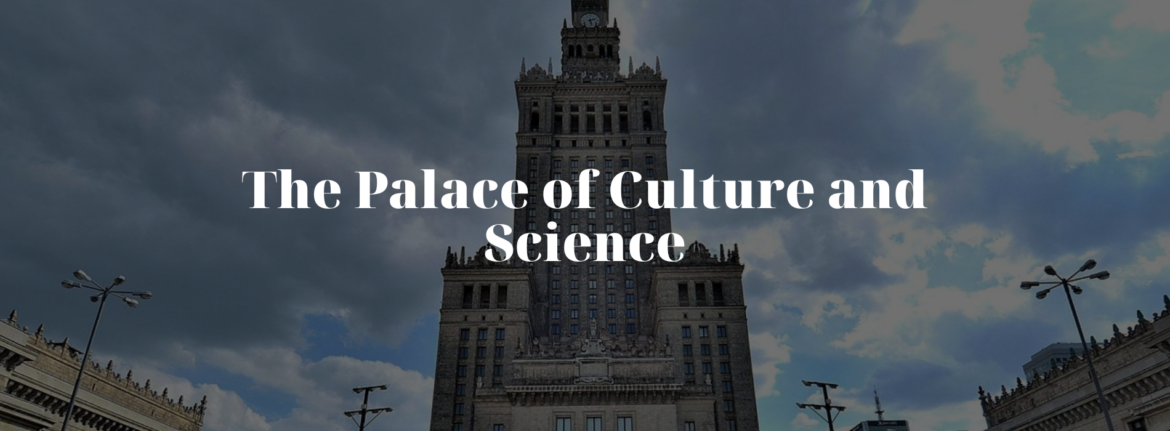
The Palace of Culture and Science (PKiN) in Warsaw stands as one of the most recognizable symbols of Poland’s capital city. Constructed between 1952 and 1955 as a „gift from the Soviet nation to the Polish nation,” it continues to evoke both admiration and controversy. Its monumental silhouette dominates Warsaw’s city center, while its rich…
-
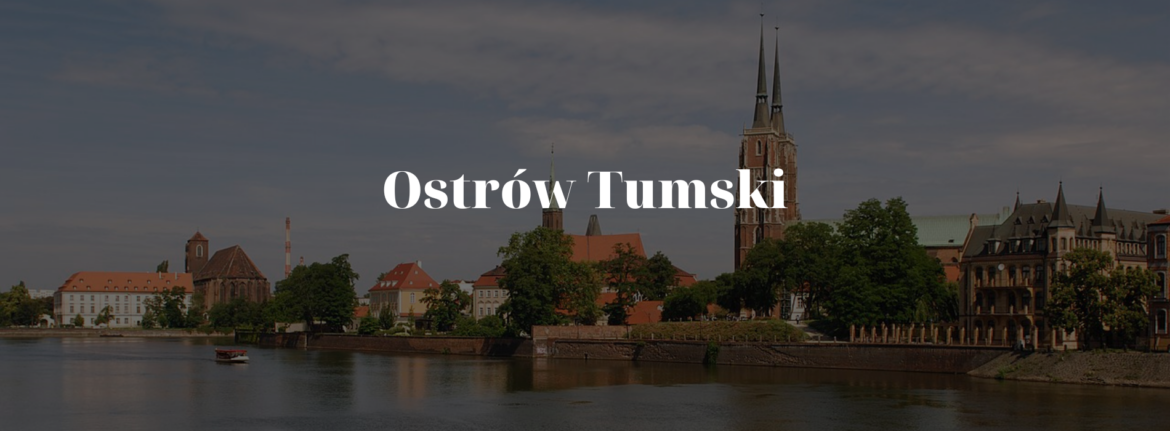
Ostrów Tumski is the oldest part of Wrocław, often regarded as the cradle of the city. Situated on an island surrounded by the arms of the Oder River, it has been an important centre of both secular and religious power for centuries. Its history dates back to early medieval times when the first settlement was…
-
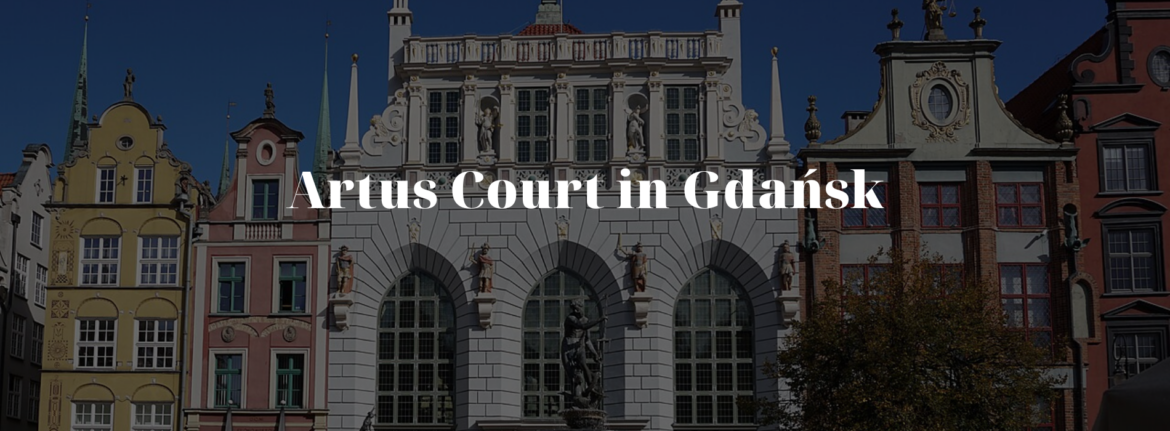
Artus Court in Gdańsk is one of the city’s most significant historical landmarks, once serving as a centre for social and commercial life. Today, it houses the Gdańsk Museum and functions as a prestigious venue for official city ceremonies. Origins and the Medieval Period The name „Artus Court” is derived from the legend of King…
-

The Churches of Peace (Kościoły Pokoju) in Jawor and Świdnica are among the most extraordinary religious monuments in Poland. Built during the mid-17th century under strict limitations, these timber-framed structures are not only architectural masterpieces but also enduring symbols of the Protestant struggle for religious freedom. Recognised as UNESCO World Heritage Sites, they remain a…
-

Poland’s mining industry stands as a critical pillar of its economy and a significant chapter in its cultural heritage. With operations dating back centuries, the country’s mines have profoundly shaped regional and national development, extracting everything from salt to coal and copper. This expansive narrative not only highlights the economic importance of these resources but…
-

In the southeastern corner of Poland lies a mystical realm largely untouched by the rush of modern life, the Bieszczady Mountains. Part of the Eastern Carpathians, this area is celebrated for its sweeping landscapes, rich biodiversity, and an atmosphere that encourages one to disconnect from daily routines and reconnect with nature. This region, often seen…
-
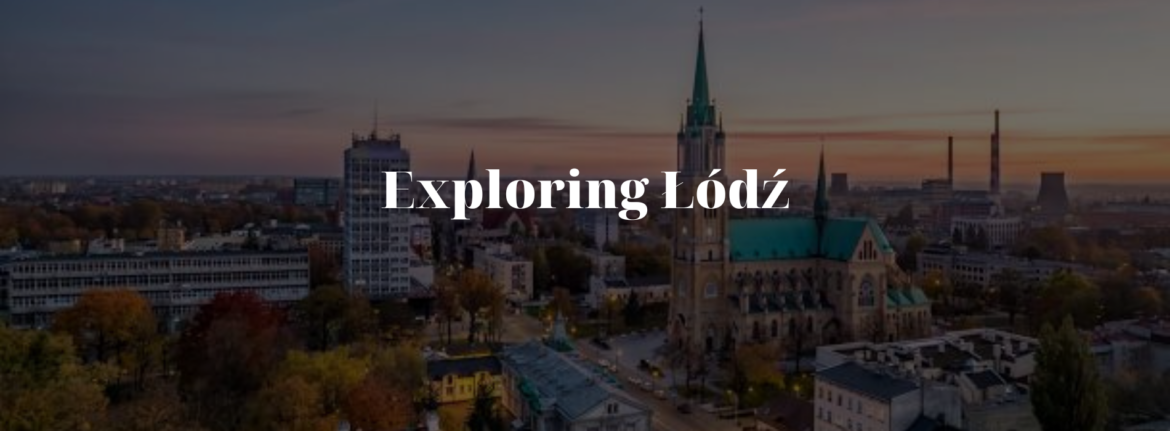
Łódź, is one of Poland’s most intriguing cities, often overshadowed by the more famous Kraków and Warsaw, yet holding an allure that is uniquely its own. Situated in the central part of the country, Łódź is a city woven with the threads of industry, art, and history. It is an essential destination for those eager…